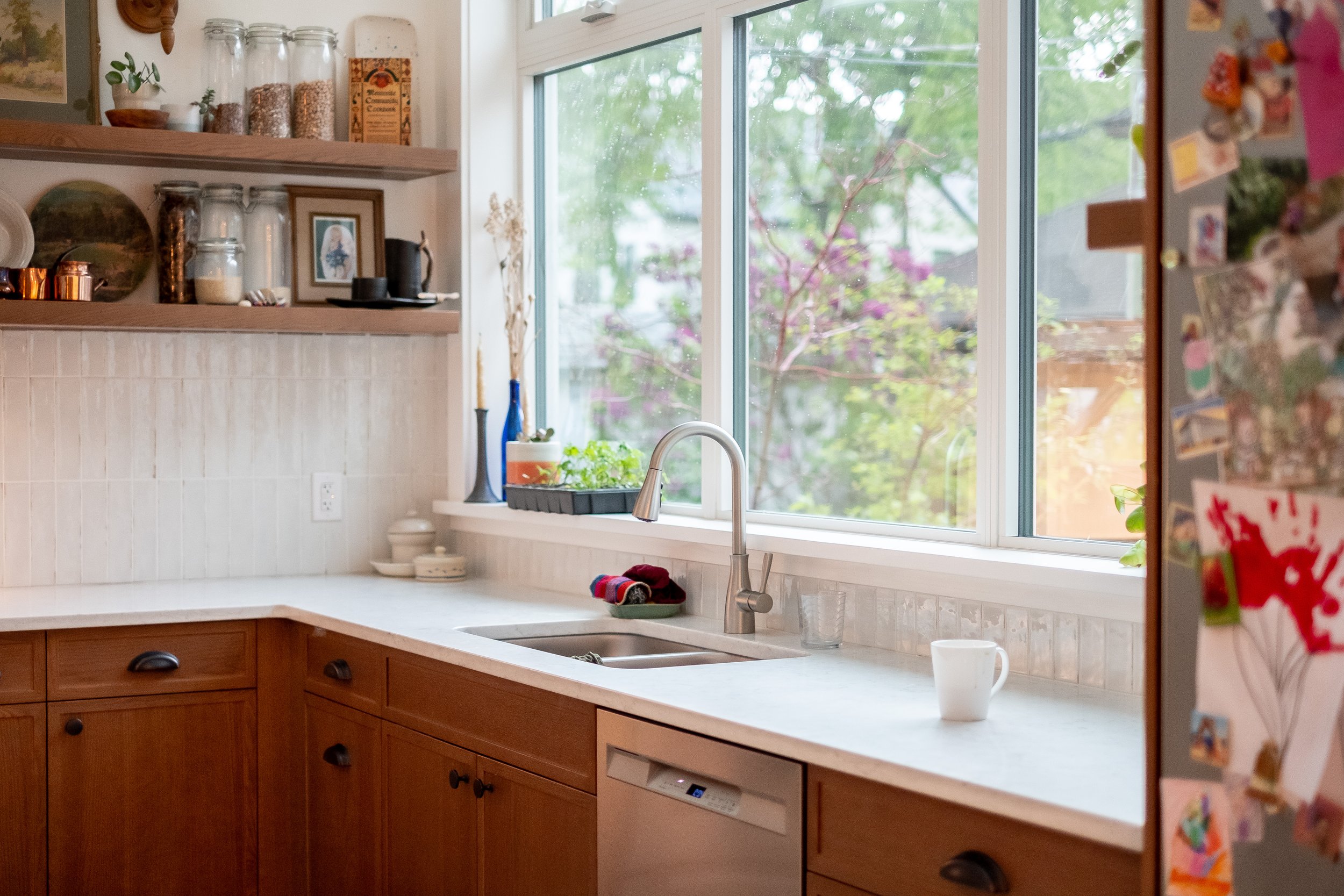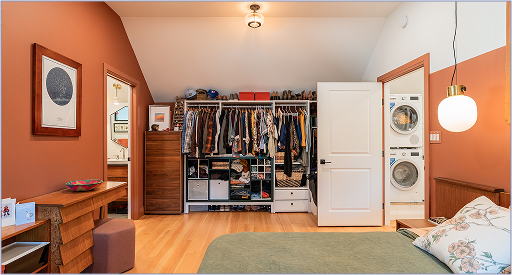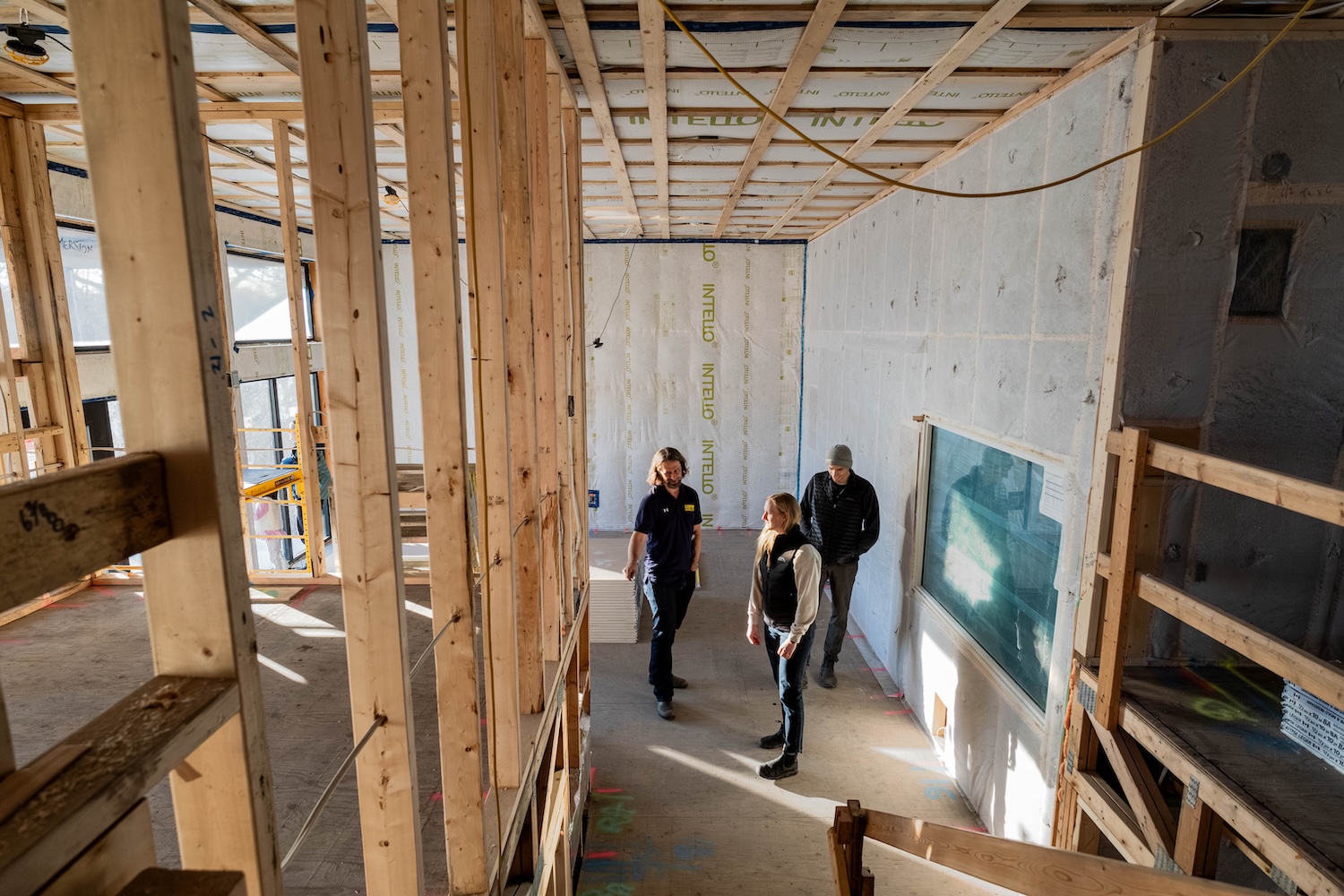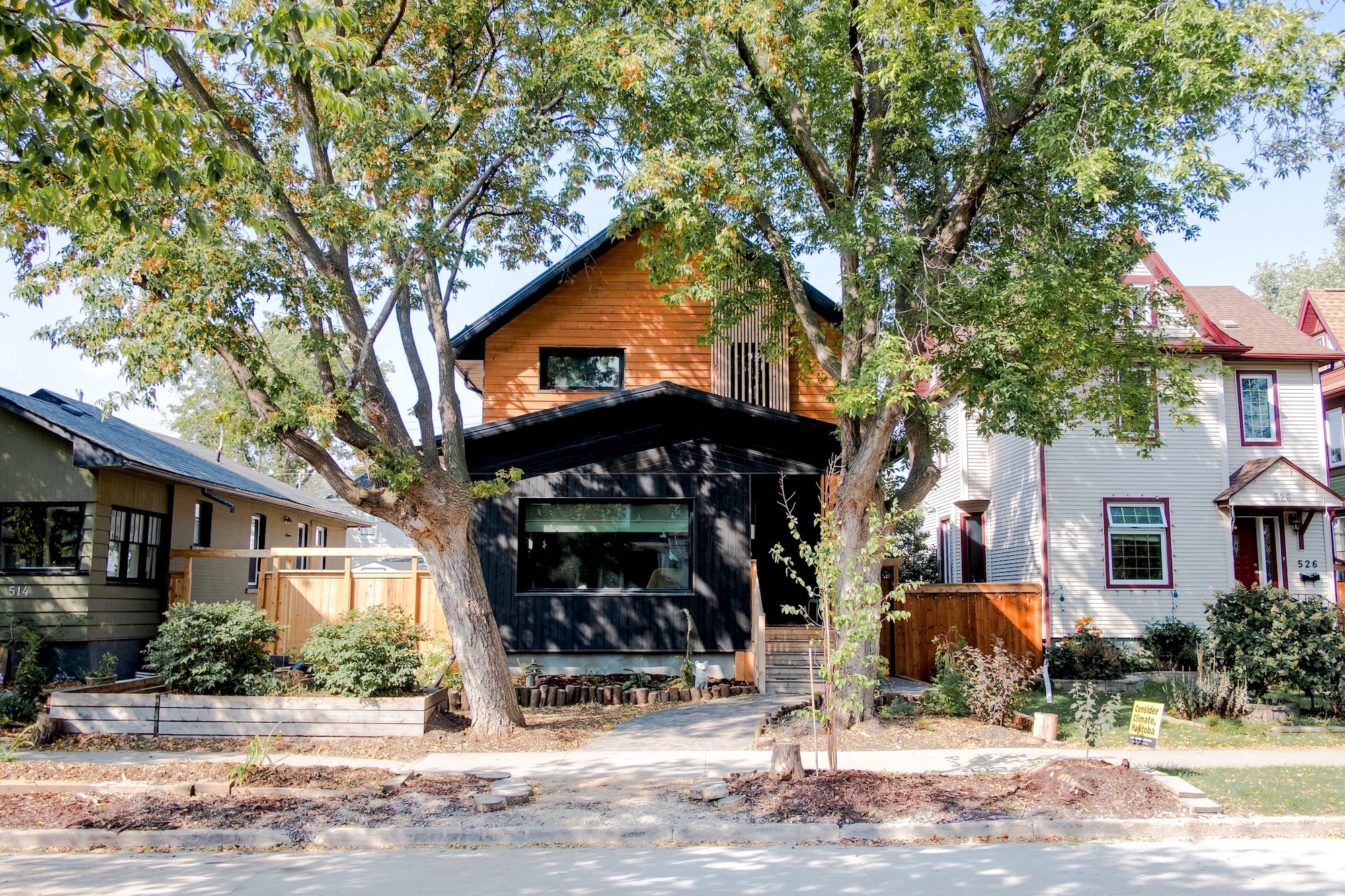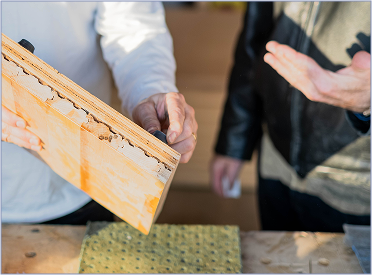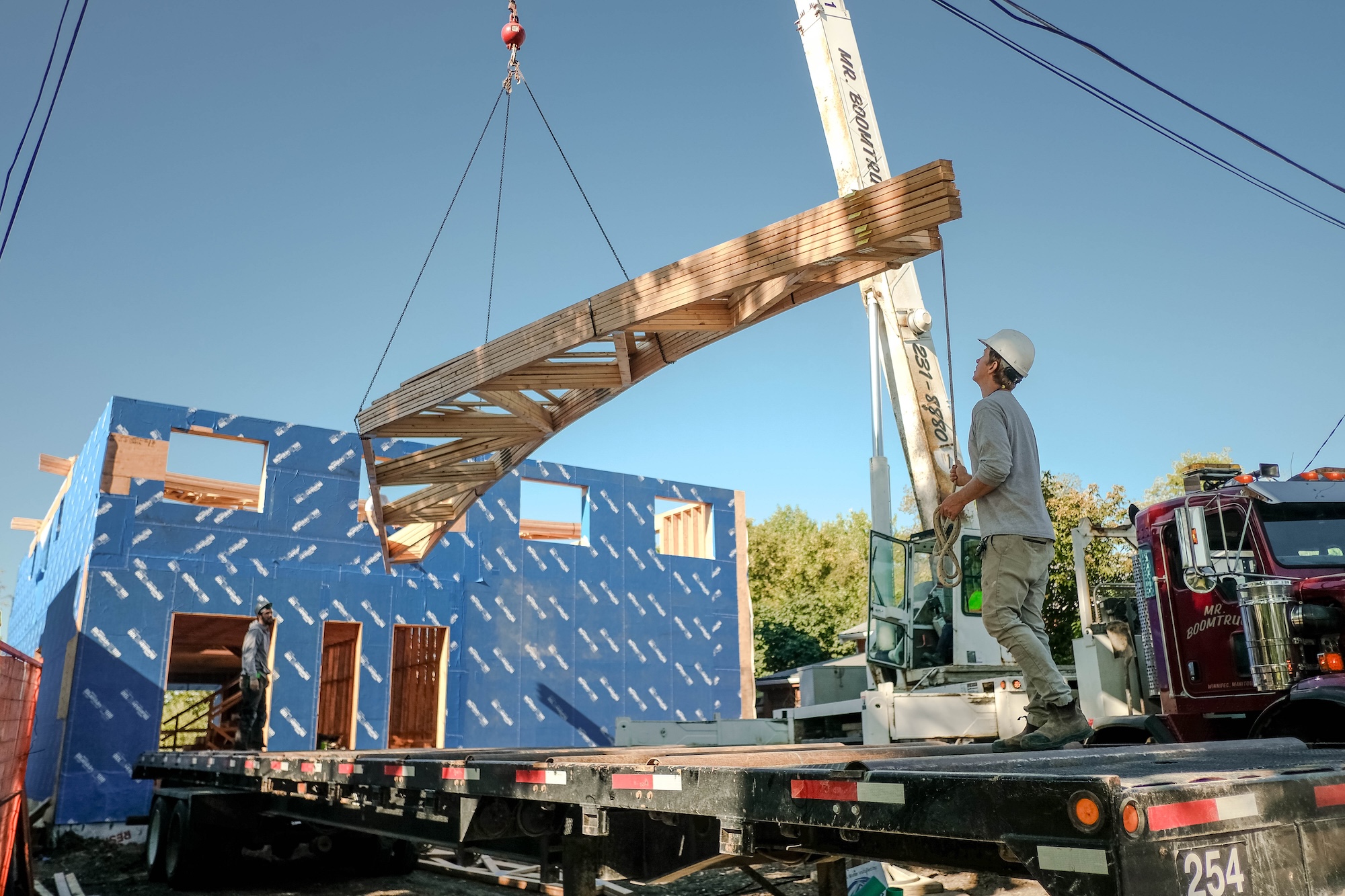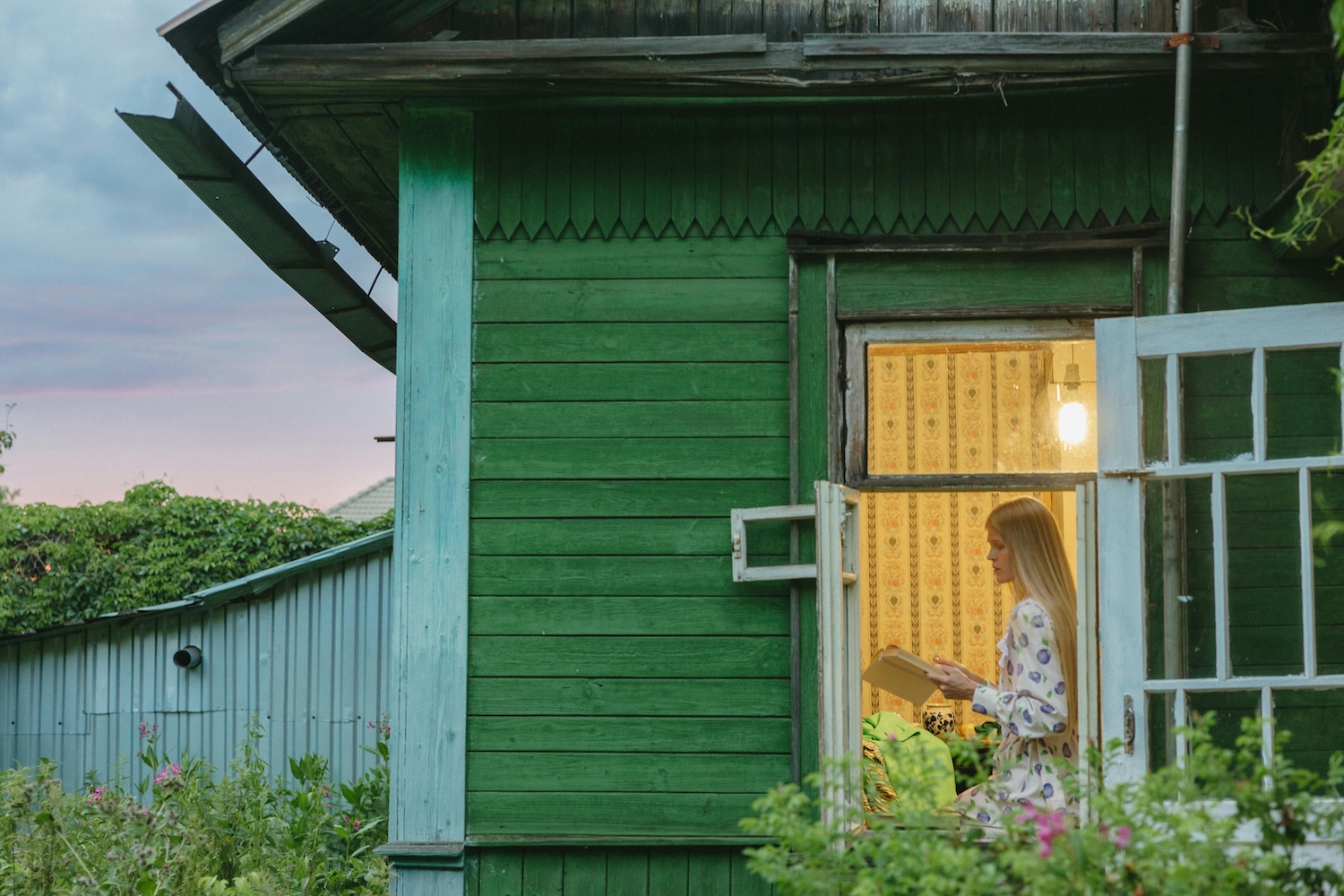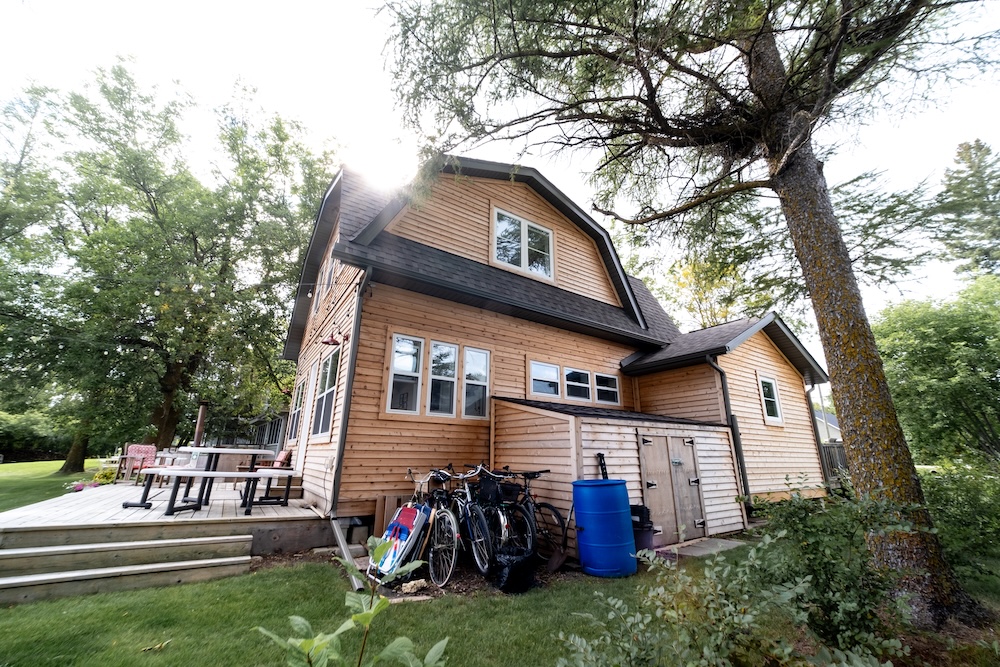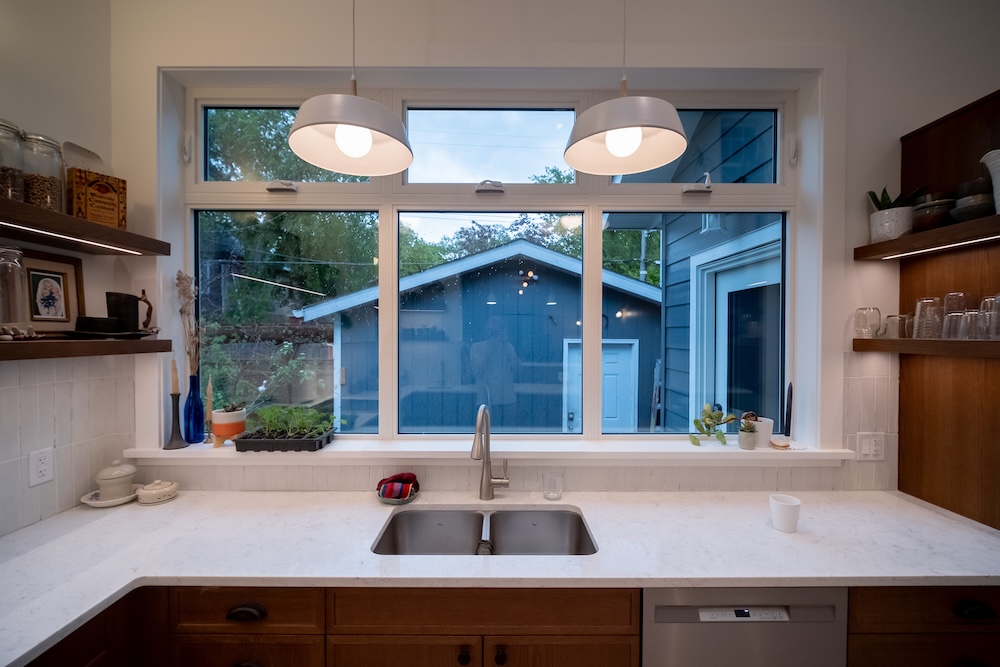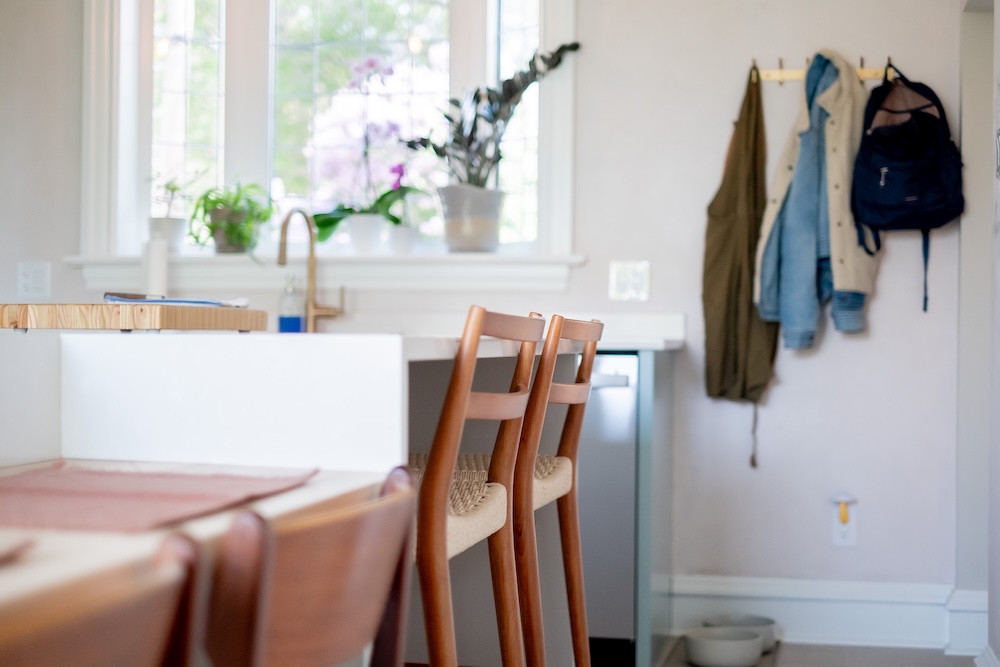How We Build
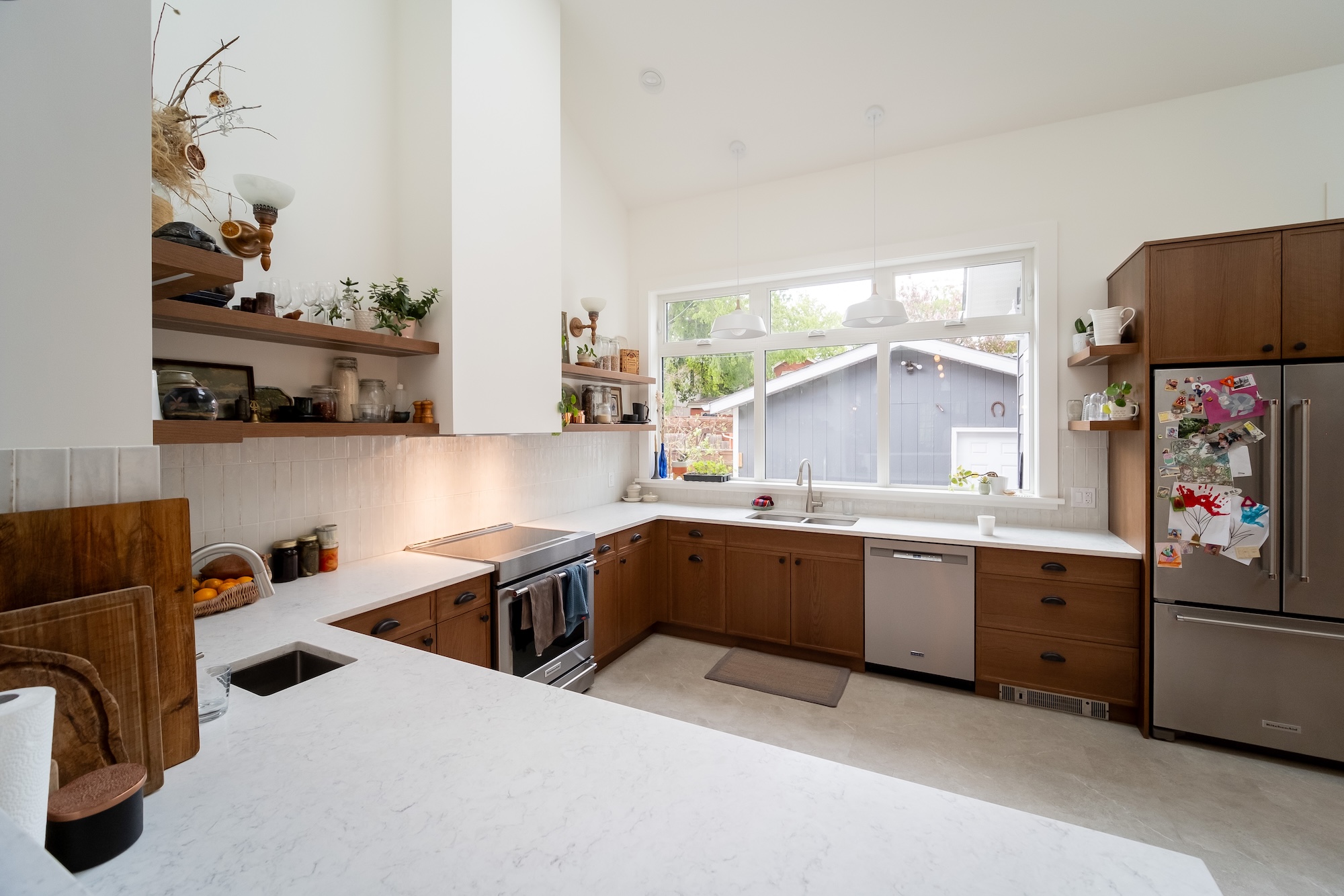
We design, renovate, and build high-performing and innovative homes with a high standard of craft, rigorous building science, and a commitment to sustainability.
Design, construction, building science, tech, and methodology have continued to evolve, and we’ve made a point of staying up to date through hands-on experience, working with specialists, and keeping up with the latest research in energy efficiency and durability. Each project benefits from that accumulated knowledge and intuition, leading to informed, innnovative, and out-of-the-box solutions that balance performance, cost, and long-term value.
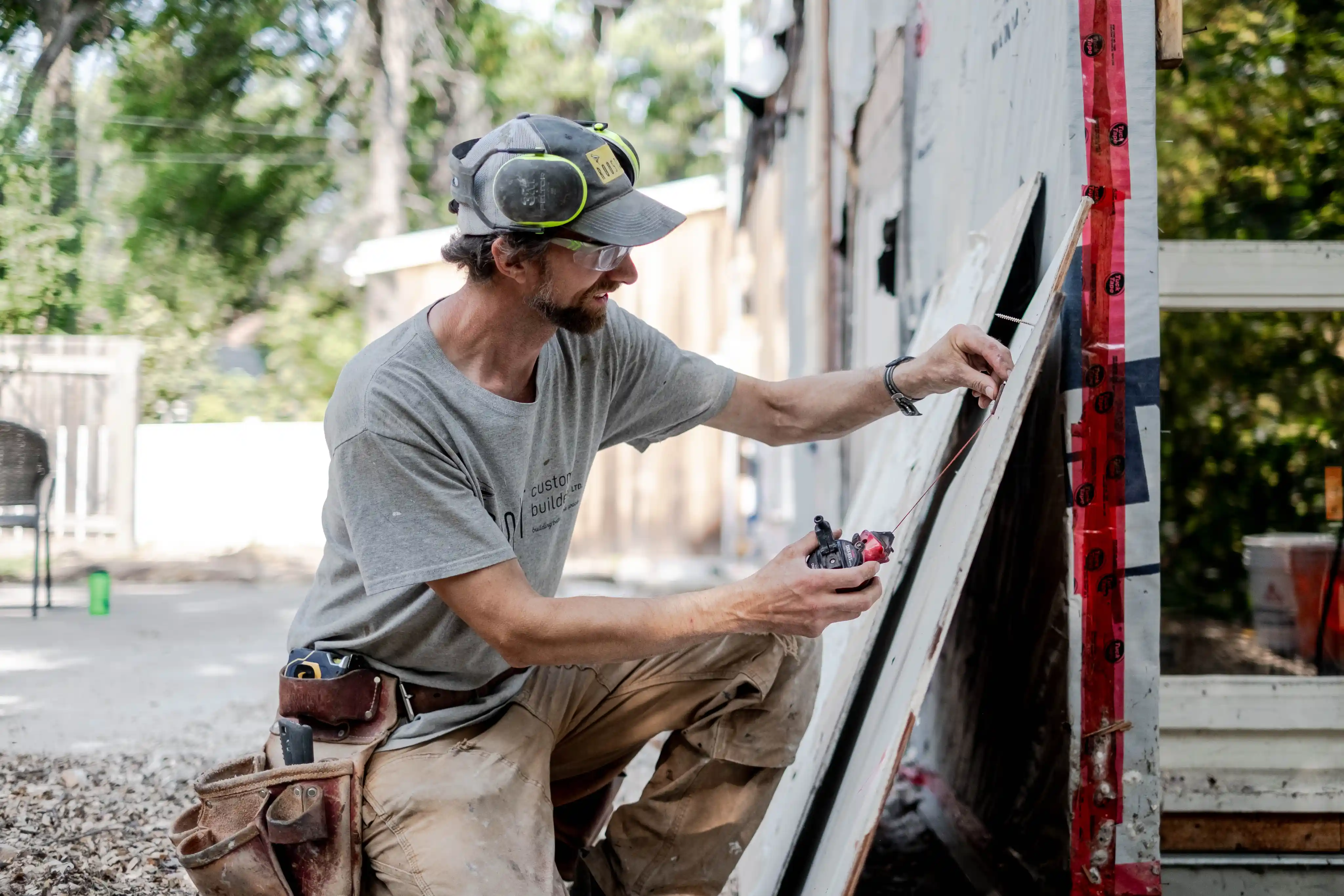
Design Philosophy
The guiding philosophy and approach to our design is a result of 20 years of listening to people's needs and applying skills, patience, and accumulated experience to create solutions that fit perfectly.
Context and History:
where design starts
Homes matter not only to families but also to their communities. We’re not just nerds for old homes, we’re passionate about the feeling neighborhoods have and the history and stories they carry. The design decisions we make are not arbitrary or feebly chasing after trends. The work we do in designing and building structures is a mix of the needs of our client, the best of the timeless wisdom of architecture and building design, and a respectful consideration of context and history.
Big picture thinking: how unique solutions are created.
All the parts of your home should flow together purposefully and effectively. By contextualizing those concerns and dreams within the bigger picture of the home, we can offer you solutions that are tailored specifically to your reality.
Beauty follows purpose;
form follows function
A well-designed house should give the same feeling you get when you hold a perfectly balanced kitchen knife, pull on a pair of worn-in leather boots, or grip that one mug that fits your hands just right. Styles and eras have governed how buildings are designed and how spaces are arranged within them, but they all get their start in the goals and intentions of their creators. We want what we've built to be beautiful not because we’ve successfully chased a trend, but because we achieved what we set out to accomplish.
Comfort and Flow:
how success is measured
We agree with the common adage that the best designs are practically invisible — they just work. A home or space fits you perfectly when elements are positioned, formed, and coloured mindfully so that all parts of your life — mundane routines, special moments, milestones, and seasons — move smoothly from moment to moment.
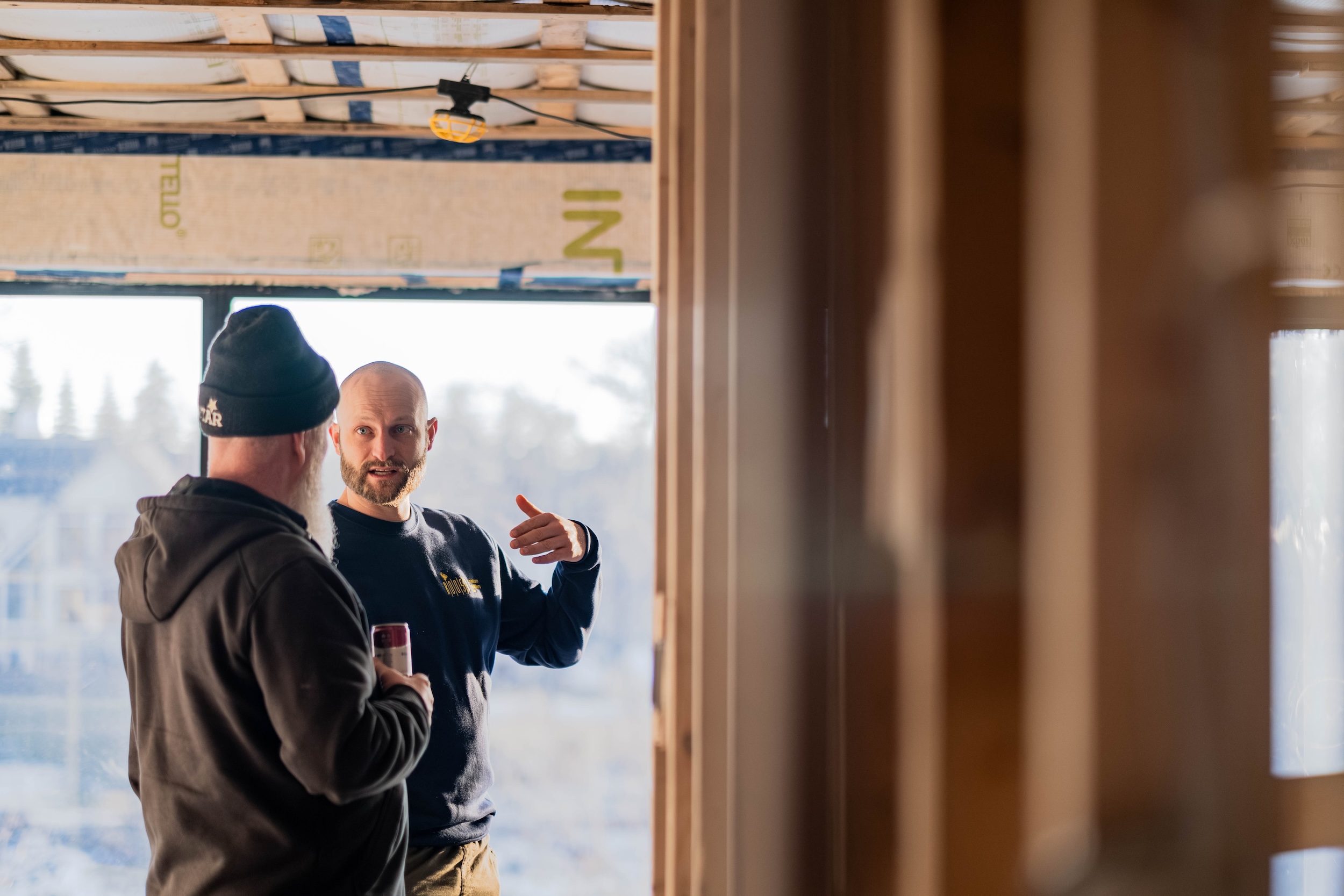
Performance and Efficiency
Roost is committed to raising the bar in every aspect of building performance and design, delivering superior comfort, savings on energy, reduced maintenance fees over time, and a significantly reduced carbon footprint. This high standard applies to everything we do. Every project — not just the odd special one-off — combines the best design decisions, best materials, and our uncompromising construction standards.
Comprehensive, whole-home thermodynamic planning
A high-performance home works with nature, not against it. We consider the effects of sunlight and weather, air flow inside the structure, and how materials store and release energy. Through the considered placement of windows and insulation and with materials that regulate temperature naturally, we create homes that stay warm in the winter, cool in the summer, and use less energy year-round--all with a lower carbon footprint and lower running costs.
Deep energy retrofits:
new life for existing houses
There’s almost always a way to radically boost the performance of a house’s envelope to make it more efficient and comfortable. Preserving old houses is a creative challenge we love to tackle, but it’s also a core sustainability imperative — retrofitting an existing house is always the carbon-conscious choice.
Sustained attention to detail and creativity over time
In the 20 years we’ve been designing and building, building science, tech, and methodology have continued to evolve, and we’ve made a point of staying up to date through hands-on experience, working with specialists, and keeping up with the latest research in energy efficiency and durability. Each project benefits from that accumulated knowledge and intuition, leading to informed, innnovative and out-of-the-box solutions that balance performance, cost, and long-term value.
Superior Material Choices
Higher quality materials boost the performance of the home and extend its durability significantly. While not all superior materials consume less carbon at the manufacturing stages, they play a role in reducing carbon over time. They reduce the home’s carbon footprint by boosting its energy efficiency and they outlast lesser materials, which require replacing more frequently.
Higher construction standards and safety precautions
We go far beyond the “measure twice, cut once” baseline for best practices in basic fabrication. Every piece of joinery needs to be seamless, every nail in the right position and angle, and every insulation pocket filled perfectly. We’d rather accept a minor delay than move fast and compromise on the quality of installation or safety on a job site. We support our workers’ rights to safety, and we utilize a four-day work week to ensure everyone’s creativity, energy, and attention to detail run high while we work.
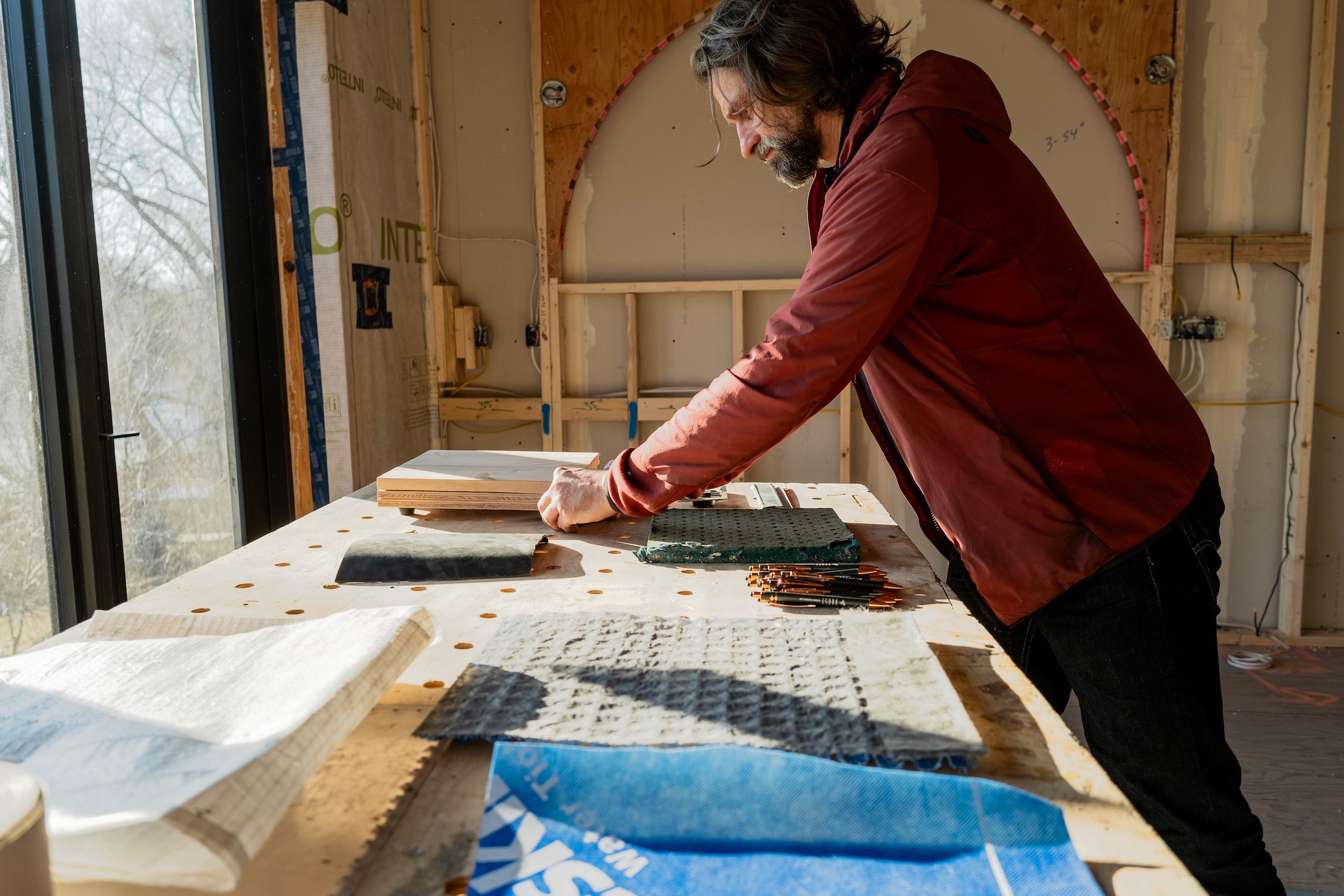
Sustainability
You might hear “sustainability” and simply think we’re talking about the environment, but we don’t stop there. We want the homes we build and customize to last for a long time, and we want to keep the cost of living sustainable for their inhabitants over the long haul.
Old houses are sacred:
we save as much as we can
Treat your homes as we’d want our homes to be treated — that’s a golden rule we live by. Trying to demolish as little as possible isn’t just a reflection of how much we respect what your homes mean to you; it’s also an acknowledgement of the carbon, sweat, and tears that went into building. Valuing this embodied energy in every built home is a key part of thinking sustainably in our work.
Carbon Footprint:
as low as we can get it
We minimize our carbon footprint by renovating instead of building new whenever possible, reusing materials, and choosing long-lasting, renewable materials whenever possible. We also look at the energy and carbon it takes to manufacture and transport materials to the site, what’s called the material’s “embodied energy.” We also look at the whole lifespan of materials from manufacture to service life to disposal.
Everything we build should last for generations
Treat your homes as we’d want our homes to be treated — that’s a golden rule we live by. Trying to demolish as little as possible isn’t just a reflection of how much we respect what your homes mean to you; it’s also an acknowledgement of the carbon, sweat, and tears that went into building. Valuing this embodied energy in every built home is a key part of thinking sustainably in our work.
Sustainable and economical:
not mutually exclusive
Looking at the cost of a home not just up front but over time is essential to see the real story of sustainability and affordability. The words “sustainability,” “high-efficiency,” and “durability” might set off dollar sign-shaped alarm bells in anyone’s head, but we don’t think that needs to be the case. When a home lasts for generations, has low energy bills, is comfortable, and rarely breaks down (outside of regular maintenance), it puts the true cost of high quality into perspective.
Our company and work culture should be sustainable too.
Profit is essential to the survival of any business, but it’s more important to us that our impact grows in a way that lasts. We’re proud of what we’ve built, and we want to set an example for vibrant ecosystem of mid-sized builders in our community who can serve their clients and caring for their staff without the compromises brought on by trying to grow aggressively.
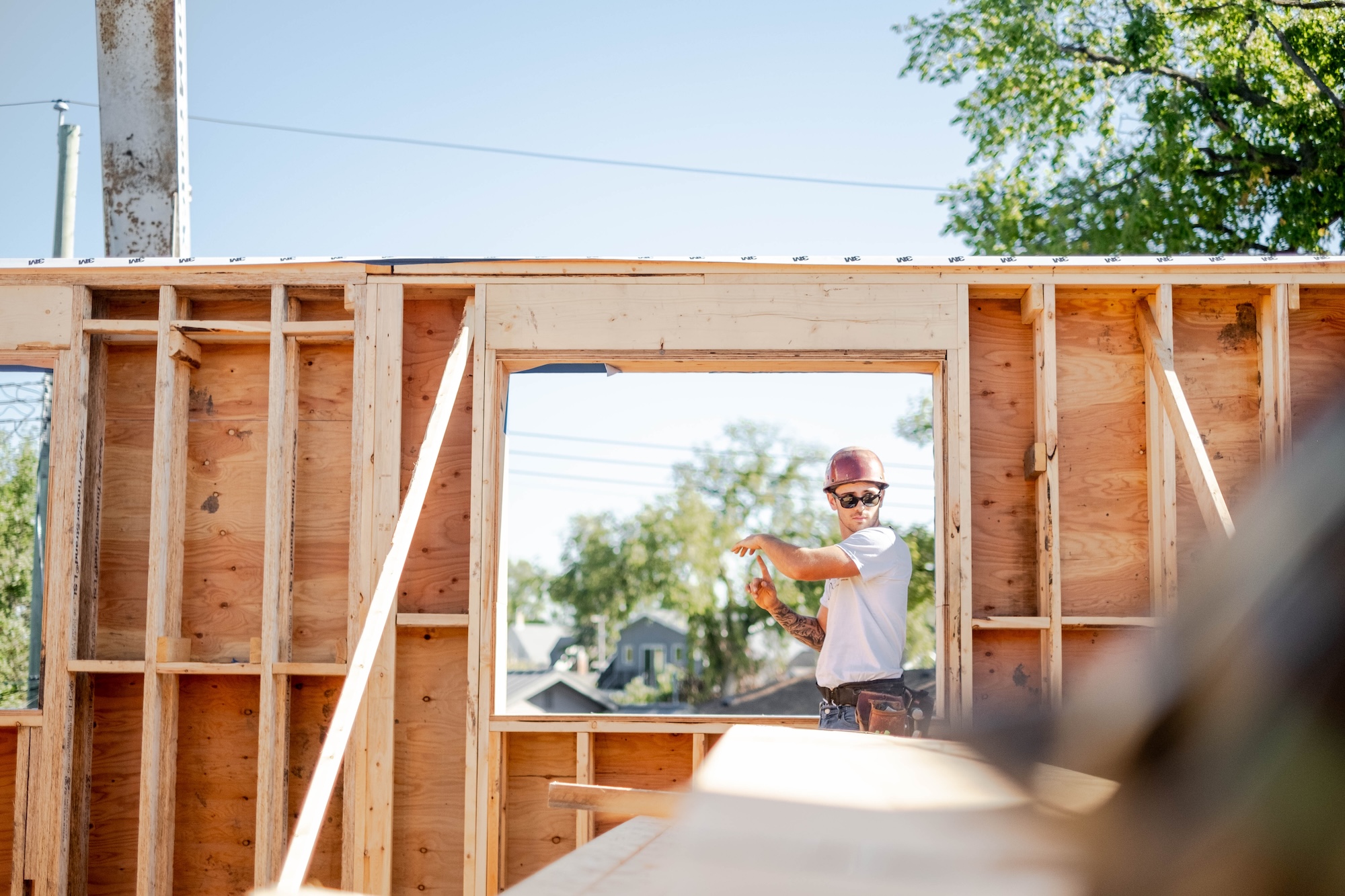

Still curious?
Get in touch! We'd love to learn about the project you have in mind.
Feel free to head to our connect page to contact us or use the contact form below.

